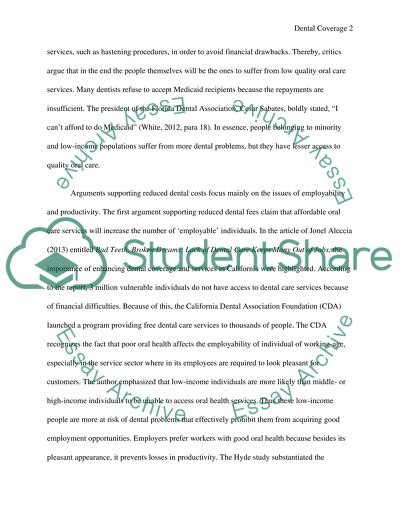Cite this document
(“Dental Coverage Essay Example | Topics and Well Written Essays - 1000 words”, n.d.)
Dental Coverage Essay Example | Topics and Well Written Essays - 1000 words. Retrieved from https://studentshare.org/english/1484566-dental-coverage
Dental Coverage Essay Example | Topics and Well Written Essays - 1000 words. Retrieved from https://studentshare.org/english/1484566-dental-coverage
(Dental Coverage Essay Example | Topics and Well Written Essays - 1000 Words)
Dental Coverage Essay Example | Topics and Well Written Essays - 1000 Words. https://studentshare.org/english/1484566-dental-coverage.
Dental Coverage Essay Example | Topics and Well Written Essays - 1000 Words. https://studentshare.org/english/1484566-dental-coverage.
“Dental Coverage Essay Example | Topics and Well Written Essays - 1000 Words”, n.d. https://studentshare.org/english/1484566-dental-coverage.


